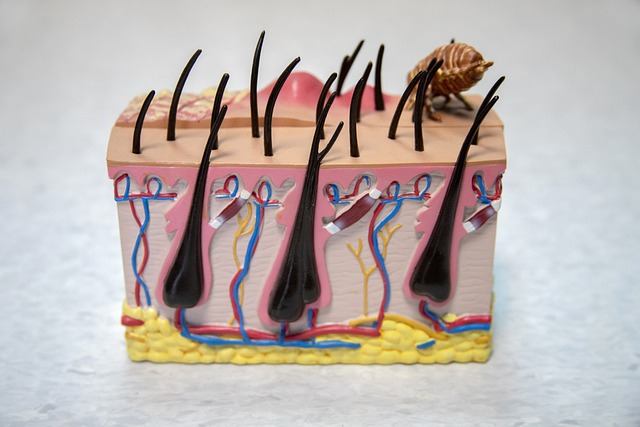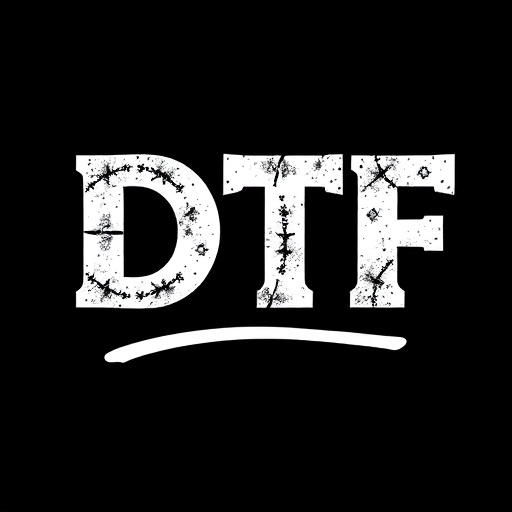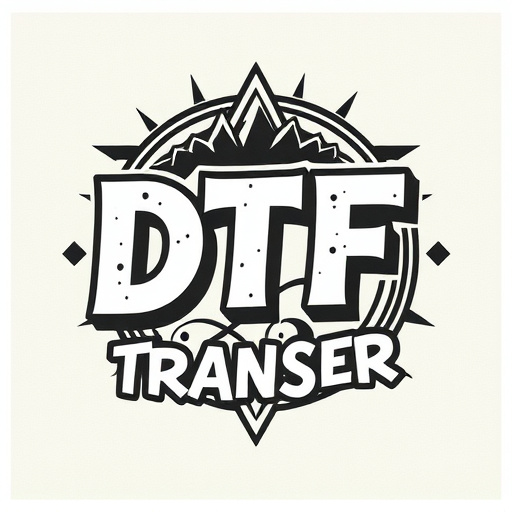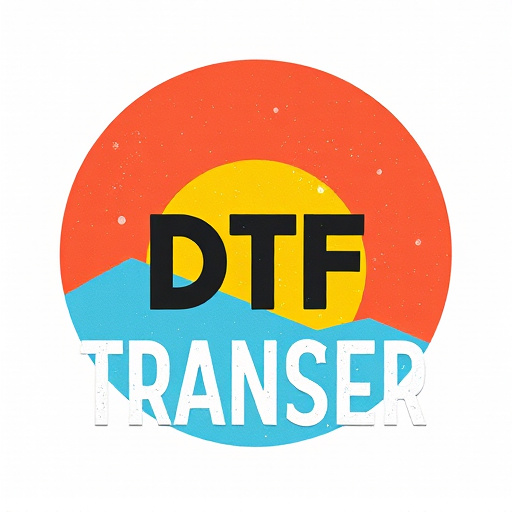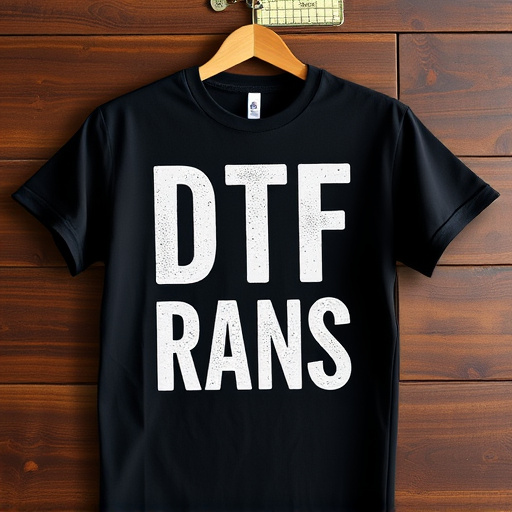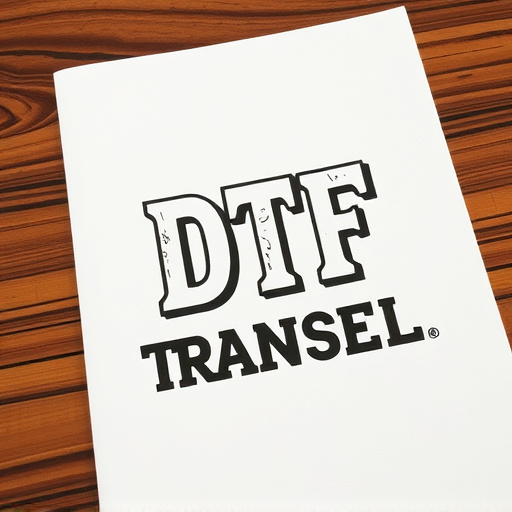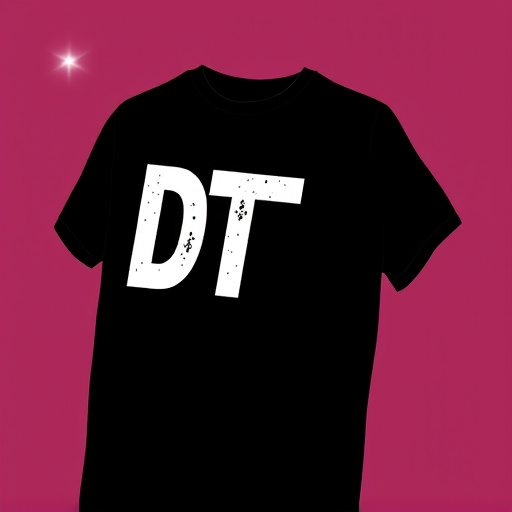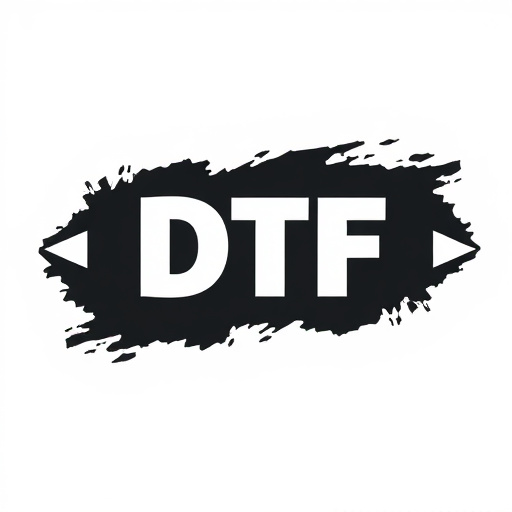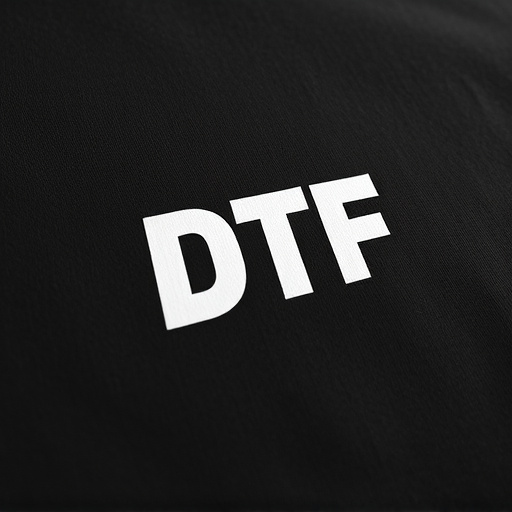Digital Film Transfer (DTF) empowers small commercial entities to digitize analogue archives cost-effectively, enhancing marketing and preservation capabilities. By selecting appropriate equipment, optimizing workflows, and leveraging advanced printing technologies like Direct to Film (DTF), businesses can achieve high-quality, efficient results. DTF's versatility, demonstrated in various sectors, positions it as a scalable, competitive solution for commercial operations looking to boost their digital archive game while maintaining quality and integrity.
In today’s digital age, embracing efficient film transfer solutions is crucial for smaller commercial operations aiming to preserve their historical footage. Digital Film Transfer (DTF) offers a game-changing approach, enabling businesses to convert analog films into digital formats with remarkable quality. This article explores the benefits of DTF, provides an equipment overview, and delves into workflow optimization strategies. We also navigate common challenges and present inspiring case studies, guiding smaller commercial entities in their successful DTF adoption journey.
- Understanding Digital Film Transfer for Smaller Operations
- Benefits of DTF for Commercial Businesses
- Choosing the Right Equipment: An Overview
- Workflow Optimization Strategies for Efficient DTF
- Common Challenges and Their Solutions in DTF Implementation
- Case Studies: Successful DTF Adoption in Small Commercial Settings
Understanding Digital Film Transfer for Smaller Operations
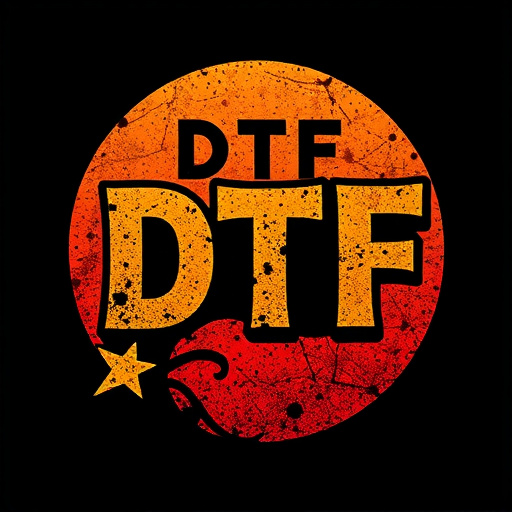
Digital film transfer (DFT) offers smaller commercial operations a cost-effective and efficient way to transition their analogue film archives to digital formats. This process involves scanning and digitizing films, ensuring high-quality images that preserve the original content’s integrity. By adopting DFT, smaller businesses can easily access, manage, and share their historical footage, making it invaluable for various applications such as marketing, training, or even preserving cultural heritage.
Understanding Digital Film Transfer (DFT) is crucial for these operations as it allows them to control the entire process from start to finish. This includes selecting the appropriate film scanning equipment, choosing the right file formats and resolutions, and implementing effective backup strategies. With DTF, smaller commercial entities can scale their operations while maintaining the quality and integrity of their films, making digital archives a feasible and desirable option.
Benefits of DTF for Commercial Businesses
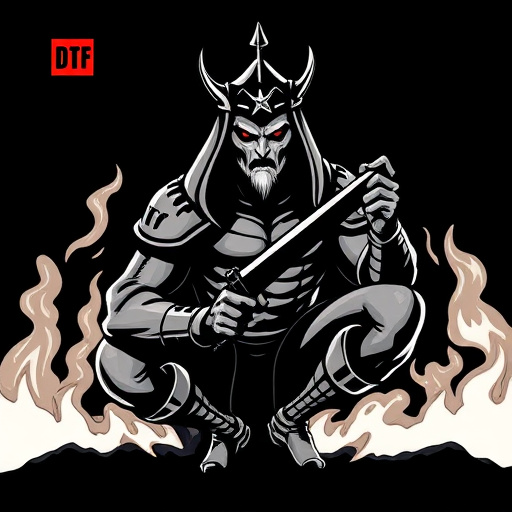
For commercial businesses looking to enhance their operations and reach a wider audience, Digital Transfer Film (DTF) offers an array of advantages. One of its key benefits is the ability to reproduce high-quality images and videos digitally, ensuring consistency and accuracy in the output. This is particularly valuable for smaller businesses as it allows them to create professional-looking materials without the typically high costs associated with traditional film printing methods.
DTF enables efficient workflows by streamlining the transfer process, resulting in faster turnaround times. This is a game-changer for commercial operations that need to deliver content promptly, such as marketing agencies or small-scale event organizers. Additionally, DTF’s versatility allows for easy customization and on-demand printing, giving businesses the agility to adapt to changing market demands and client preferences.
Choosing the Right Equipment: An Overview
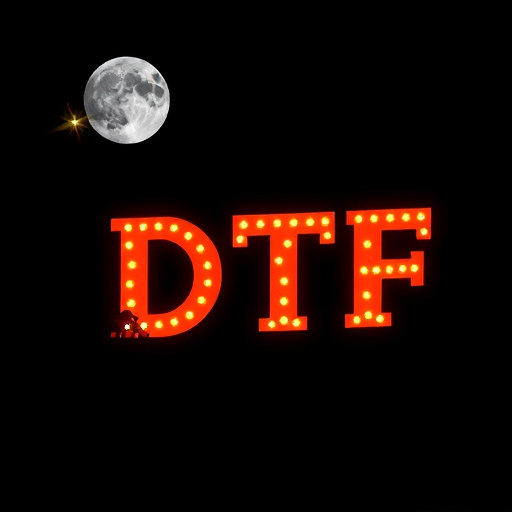
When considering film transfer solutions for smaller commercial operations, selecting the right equipment is a crucial first step. Digital Transfer Format (DTF) technology offers various options tailored to different needs and budgets. For instance, basic DTF systems suitable for small-scale projects often include a high-quality scanner, capable of capturing detailed images from 35mm and 16mm film formats. These scanners provide an efficient way to digitize older films, ensuring their preservation for future use.
Advanced operations might require more specialized gear, such as multi-format converters and frame grabbers, which enable the transfer of multiple film types simultaneously. Such equipment streamlines the process, allowing for higher throughput without compromising quality. Additionally, modern software solutions play a pivotal role, offering user-friendly interfaces to manage and organize digital assets effectively.
Workflow Optimization Strategies for Efficient DTF

Optimizing workflows is essential for efficient Digital Transfer Film (DTF) processes in smaller commercial operations. Implementing streamlined procedures can significantly reduce turnaround times and enhance overall productivity. One key strategy involves organizing a structured pre-production phase, where thorough planning and asset preparation take center stage. This includes digitizing source materials, ensuring proper formatting, and creating metadata for easy access during the transfer process.
Additionally, leveraging specialized software tools designed for DTF can greatly simplify tasks. These tools enable automated processes, such as frame selection and image correction, thereby reducing manual labor. By adopting these workflow optimization strategies, smaller commercial operations can effectively manage DTF, ensuring high-quality results while maintaining a competitive edge in the market.
Common Challenges and Their Solutions in DTF Implementation
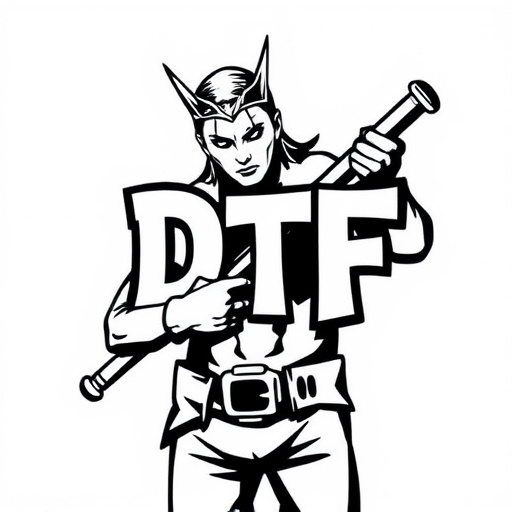
Implementing Direct to Film (DTF) solutions comes with its set of challenges, especially for smaller commercial operations looking to scale up their film transfer processes. One of the primary hurdles is achieving consistent image quality across different film stocks and formats. Each type of film has unique characteristics, such as contrast, grain structure, and color saturation, which can be difficult to reproduce accurately during digital conversion. To overcome this, advanced DTF printers now employ sophisticated algorithms and customizable settings to tailor the transfer process for various film types, ensuring consistent and high-quality results.
Another challenge lies in managing color accuracy throughout the transfer process. Film stocks can degrade over time, leading to color shifts and variations. To address this, DTF systems often incorporate advanced color management tools that allow technicians to calibrate and adjust settings to compensate for any film aging or degradation. This ensures that the digital output accurately represents the original film’s colors, preserving the intended visual aesthetic.
Case Studies: Successful DTF Adoption in Small Commercial Settings
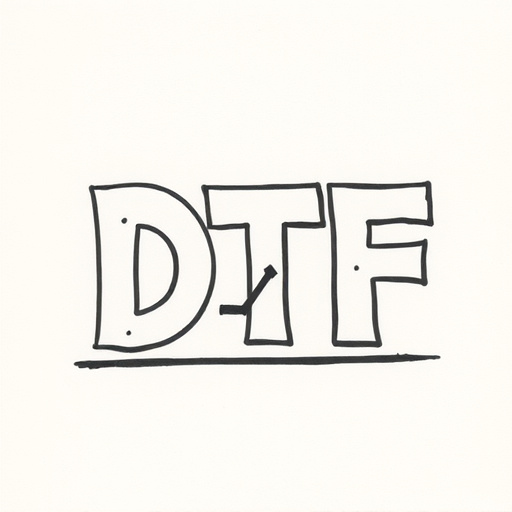
In recent years, Digital Thermal Transfer (DTF) printing has emerged as a game-changer for smaller commercial operations seeking high-quality film transfer solutions. Case studies from various sectors highlight its successful adoption. For instance, small-batch clothing manufacturers have embraced DTF for producing custom, on-demand designs with intricate details and vibrant colors, elevating their product offerings while maintaining cost-effectiveness.
Similarly, specialty print shops catering to local businesses have leveraged DTF to offer a wider range of services, including personalized promotional materials and branded merchandise. These case studies demonstrate that DTF technology is not only scalable but also adaptable, empowering smaller commercial operations to compete in today’s market by delivering exceptional results with speed and efficiency.
